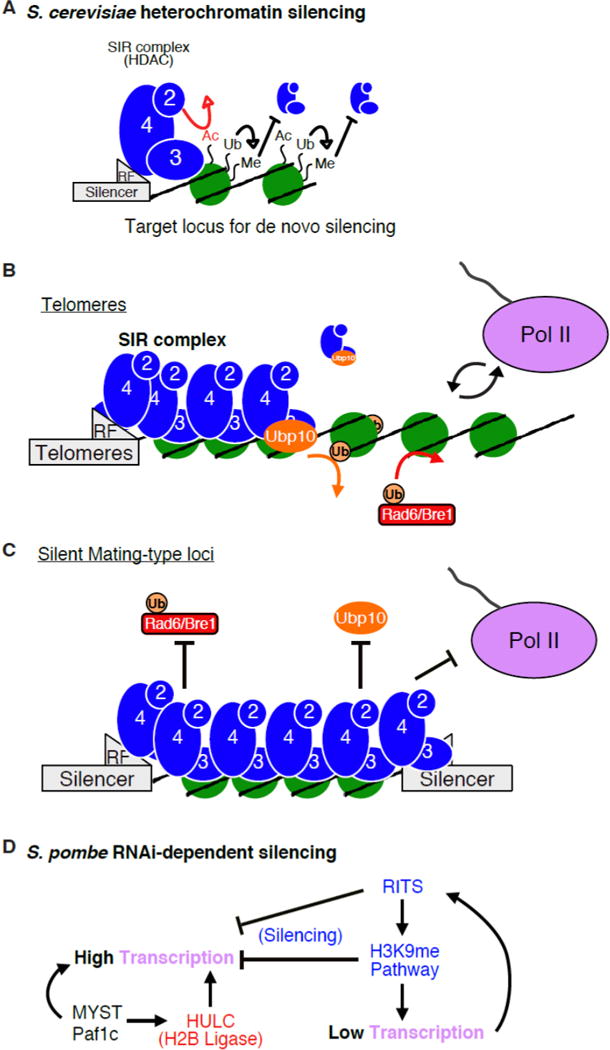Figure 2. The role of H2B-Ub in yeast heterochromatic silencing.

a. In budding yeast, SIR complex can deacetylate H4K16 but it cannot silence chromatin with H3 methylation present. H2B-Ub promotes downstream methylation of H3K4 and H3K79, thereby indirectly antagonizing SIR complex-dependent silencing. This presents a problem for SIR complex de novo heterochromatin formation of an active region. b. At sub-telomeric regions SIR complex nucleates near the telomeres from recruitment factors (RF). The sub-telomeric regions experience more dynamic forces than at the silent mating-type loci, including occasional transcription by Pol II. Competition between factors that promote silencing (ex. Ubp10) and those that promote transcription (ex. Rad6/Bre1) are constantly at play. c. The silent mating-type is a region of natural or “strong” silencing due to flanking silencer sequences that promote nucleation of SIR complex towards each other. This is a region of established heterochromatin that prevents transcriptional events, limiting the need to recruit Ubp10. D. A schematic of the pathways involved in RNAi-dependent silencing in fission yeast and the interplay with H2B-Ub. Complexes and activities are color-coded to match functional analogs/homologs found in budding yeast. These pathways are described in more detail in the text. Panels A-C adapted from (Zukowski et al. 2017).
